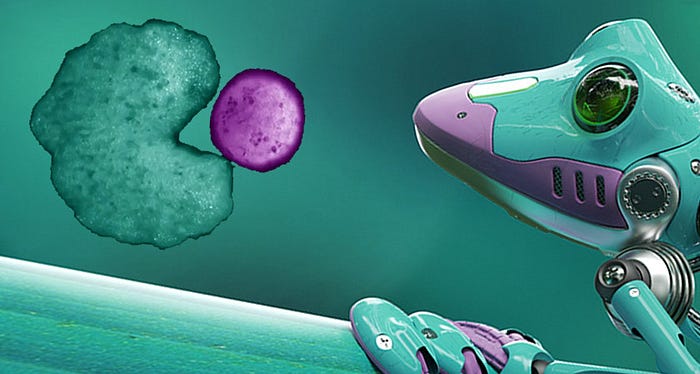Visual Effects (VFX) artist is a creative professional responsible for creating and manipulating visual elements in film, television, video games, advertising, and other forms of media. Their primary role involves integrating computer-generated imagery (CGI) with live-action footage or creating entirely computer-generated scenes to enhance or create visual elements that are difficult, dangerous, or impossible to capture during filming.
Key responsibilities of a VFX artist include:
- CGI and Animation: Creating 2D or 3D computer-generated images, characters, objects, or environments that seamlessly blend with live-action footage.
- Special Effects: Developing visual effects such as explosions, fire, water simulations, weather effects, and other fantastical or realistic elements.
- Compositing: Merging various visual elements, including live-action footage, CGI, and other effects layers, to create a cohesive and believable final image.
- Matte Painting: Designing digital backgrounds or landscapes to enhance or replace real-world locations.
- Motion Tracking: Integrating CGI elements into live-action scenes by matching the movement and perspective of the camera.
- Rotoscoping: Tracing over live-action footage frame-by-frame to isolate or manipulate specific elements.
- Rendering: Processing and generating the final images or sequences based on the VFX artist's designs and specifications.
- Collaboration: Working closely with directors, cinematographers, and other members of the production team to achieve the desired visual effects that align with the creative vision of the project.
VFX artists typically use specialized software tools such as Autodesk Maya, Blender, Adobe After Effects, Nuke, Houdini, and others to create these visual effects. They must possess a strong understanding of both artistic and technical aspects, including animation principles, CGI techniques, lighting, texturing, and rendering to produce high-quality visual effects that seamlessly integrate with the storytelling of the project.


